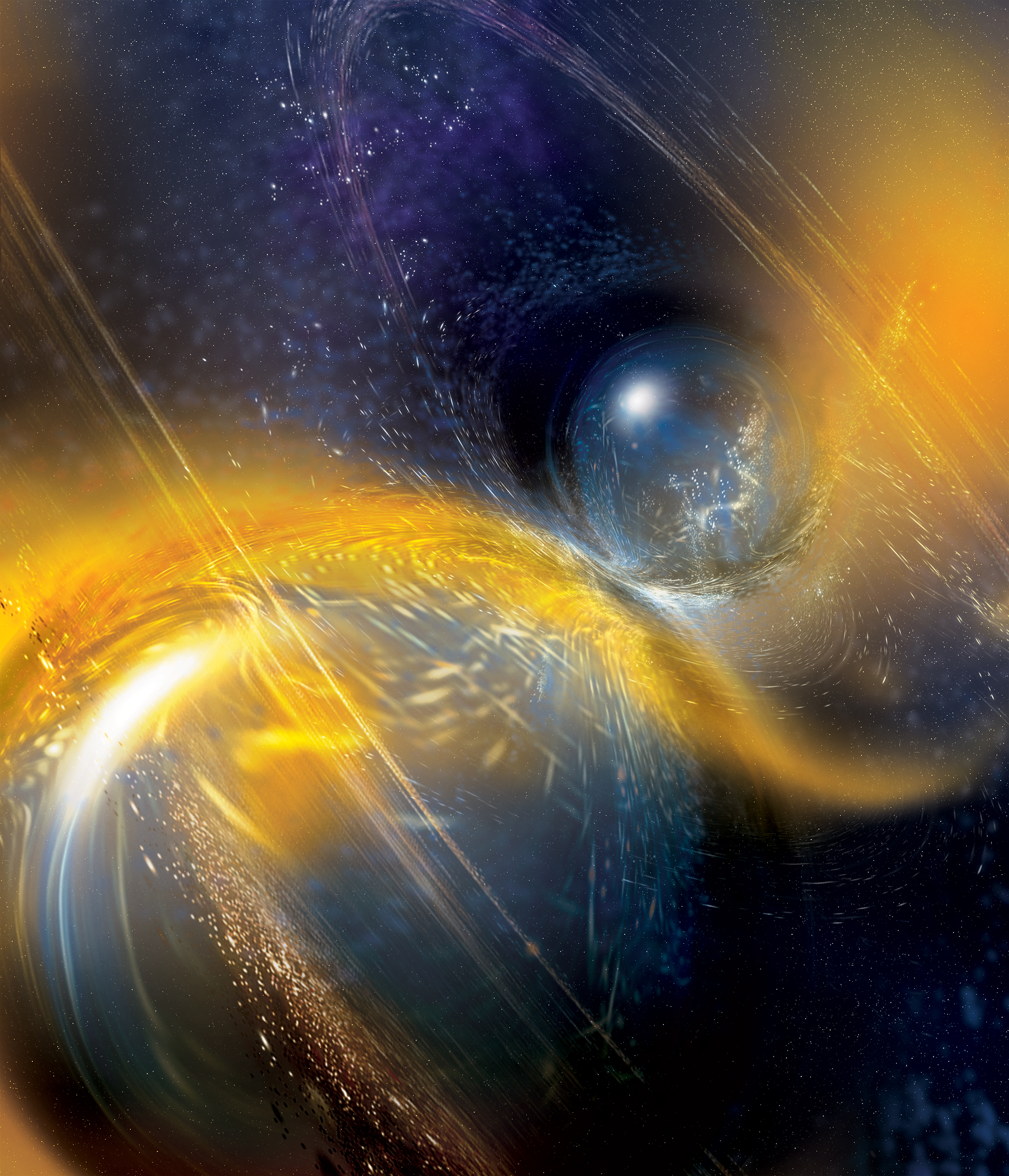
The Laser Interferometer Gravitational-wave Observatory (LIGO), famous for the first detection of gravitational waves, has made another exciting observation. It has observed a pair of neutron stars smashing into each other, for only the second time in its history.
The first observation of neutron stars colliding happened in August 2017 and was notable for showing that both gravitational waves and light were generated by the event. The more recent observation of a neutron star collision didn’t include any light, though it did result in the detection of gravitational waves caused by the collision of two massive bodies.
Even by the standards of neutron stars, the two bodies which collided were heavy. “From conventional observations with light, we already knew of 17 binary neutron star systems in our own galaxy and we have estimated the masses of these stars,” Ben Farr, a LIGO team member based at the University of Oregon, said in a statement. “What’s surprising is that the combined mass of this binary is much higher than what was expected.”
The combined mass of the two bodies is 3.4 times the mass of our sun, which was surprising as the other binary neutron star systems we have observed previously had only been up to 2.9 times the mass of the sun. This extra mass could be explained if one of the pair of bodies was actually a black hole rather than a neutron star, but it would have to be an exceedingly small black hole for the math to work out. The LIGO scientists think it’s much more likely that they observed two neutron stars colliding.
The scientists are interested in how the two heavy neutron stars formed a binary pair. “What we know from the data are the masses, and the individual masses most likely correspond to neutron stars,” Surabhi Sachdev, a LIGO team member based at Penn State, said in the statement. “However, as a binary neutron star system, the total mass is much higher than any of the other known galactic neutron star binaries. And this could have interesting implications for how the pair originally formed.”
Currently, there are two main theories for how neutron stars form into pairs. The first theory is that star systems develop with two stars at their center, then both stars die and become neutron stars. The second theory is that the two neutron stars develop separately and then come together in densely packed regions of space to form a pair. Scientists still aren’t sure which scenario is more likely or which one led to the neutron binary they observed colliding, so they are hoping to collect more data to investigate this question.
Editors' Recommendations
- Collisions of neutron stars create element that makes fireworks sparkle
- Massive neutron stars smash together, forging gold in an explosive kilonova
- Physicists may have detected first-ever collision of black hole and neutron star




